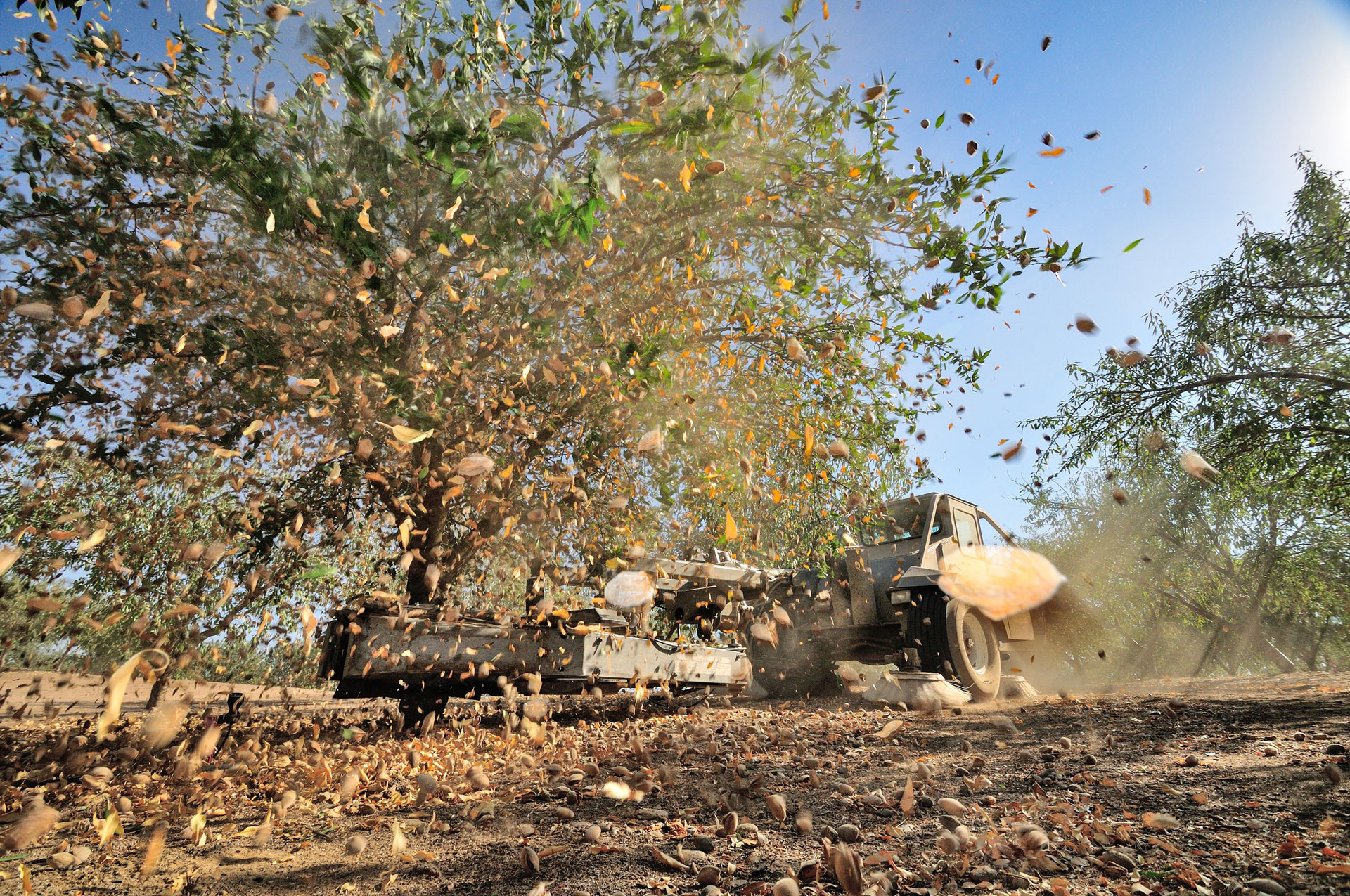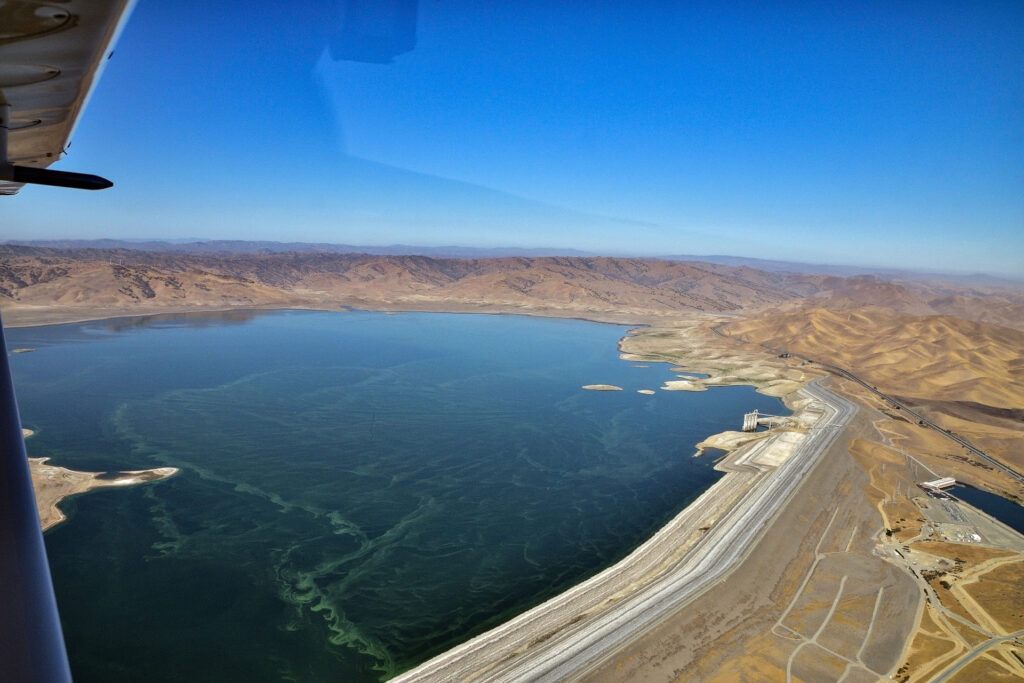
Our water year began October 1, and it’s no surprise to any of us that 2020-21 was the second driest on record. While the atmospheric river that drenched the state in October was good news, we still must prepare for a dry 2022 and think about what choices we may face if October’s drenching rain was an aberration. It’s not all doom and gloom, but there is some good, bad and ugly.
The Good
A bipartisan infrastructure bill passed by congress and signed by the president is expected to bring much needed relief to the state. We’re hopeful that federal funding for important California water projects will soon be on the way.
In February 2019, 18 trillion gallons of rain fell in California, but due to inadequate storage, much of it could not be captured for future use. Last October’s storms also brought us water we couldn’t capture, which produced floods and rockslides instead of fruits, nuts and vegetables.
Passage of this critical bipartisan bill will expand our ability to capture both surface and groundwater, improve water supply, expand flood control, improve downstream water quality, provide ecosystem benefits and fix our existing water-delivery infrastructure.
In other good news, earlier reports of salmon demise were incorrect. Despite the dry and hot conditions, salmon have returned to the Sacramento Valley in record numbers. According to the California Department of Fish and Wildlife, it is the largest number of returning adults in 15 years. This means collaborative efforts by multiple stakeholders to address all the factors impacting fish are working.
We continue to believe one of the solutions to California’s water management problems are the Voluntary Agreements, which would provide a more holistic approach to managing water for people and the environment. They rely on collaboration at the local level that will move the state substantially closer to the coequal goals of providing a more reliable water supply for California and protecting, restoring and enhancing the environment.
Infrastructure legislation as well as the Voluntary Agreements are desperately needed, would improve water supply or water quality for all water users, help salmon and other struggling fish, and are within our reach.
The Bad
Cutting farm water supplies too low or increasing the cost to unreasonable levels could cause more problems than it solves. We all need to conserve, and California farmers have reduced their water consumption by double digits since 1980. While conservation efforts will continue, it still requires water to provide a healthy, safe, diverse food supply.
Those who advocate for solving our water problems completely on the backs of farmers either don’t realize or don’t care about the consequences.
The majority of California farms have been family-owned for decades and are active in their communities. The less water and the more it costs, the more land will be fallowed or sold to institutional interests, driving out family-owned operations, which is the exact opposite of what Californians say they want. Whatever farms remain will have no choice but to plant crops that provide the highest return per unit of applied water. The long-term future of California’s historic crop diversity, such as tomatoes, nuts, lettuce, broccoli, melons, sweet corn and many other examples of healthy food products we count on to keep our families healthy, won’t be possible, again the opposite of what Californians want.

Because of California’s highly productive soil and climate, our production can’t simply be moved to other states. Nature provides assistance to California growers that simply can’t be transplanted to other states. Growing less in California will lead to more imported food, much of it from countries with less stringent safety regulations as well as less diversity of food products and higher prices for consumers at the grocery store.
The Ugly
Dismantling water rights is also touted as an easy fix when the exact opposite is true. Water rights are attached to the land, are a form of a vested property right, are long-established law and are rooted in historical precedent going back to English common law. Ending water rights strikes at the very foundation of our system and raises serious constitutional questions at both the state and federal level.
We may face further assault from federal agencies that want to revert to old, outdated operating rules for both the Central Valley Project and the State Water Project. If enacted, the new plan would throw collaboration out the window, abandon the holistic approach to managing our environment that the latest science tells us we need and remove operational flexibility that is critically needed, especially in a drought. It would revert to measuring fish impact through a calendar system rather than by gathering data in real time as we do today.
If we don’t embrace the good and work to avoid the bad, we could be left with ugly. Punitive measures and finger-pointing create strife and chaos as well as endless litigation while doing nothing to solve our very real problems. As Californians, we’re all in this together and must work toward common solutions.















